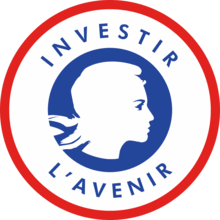Palms for the future of Africa: Multidimentional approaches to the socio-economics, resiliences and sustainable harvesting of Raphia species in Cameroon
Goals
Document and quantify the current socio-economic importance of Raphia species in Cameroon.
Evaluate the resilience of Raphia species in Cameroon to overharvesting and climate change.
Assess recent innovations for the sustainable harvesting of Raphia species and promote Raphia as an important natural capital in Cameroon.
Actions
Compile previous knowledge and collect new data on the taxonomy, uses and trade value of Raphia species in Cameroon.
Analyze value chains and estimate future trends of Raphia species products.
Explore spatial genetic structure of selected Raphia species
Evaluate methods to estimate Raphia population sizes and biomass via remote sensing.
Model the response of species to future climate change scenarios.
Assess the potential of innovations for sustainable harvesting of Raphia products.
Produce a general public documentary on the importance of Raphia in Cameroon.
Implement dissemination actions via collaboration with NGOs and local associations.
Results
Increase knowledge about NTFPs as a tool to fight against poverty / food insecurity in Cameroon and Africa.
A solid taxonomic framework of Raphia species.
The general public, professionals and educators gain knowledge about the use and value of Raphia palms.
Understand the threats and resilience of populations to over harvesting, climate change and habitat degradation.
New innovations in the sustainable harvest of Raphia palm wine and grubs.
Effective communication between farmers and government officials on questions related to the sustainable harvest of Raphia in Cameroon.
Submit a large EU Horizon 2020 project of African palm harvest and trade.
- Project Number1403-026
- Call for project
- Start date :1 March 2015
- Closing date :28 February 2017
-
Research units in the network


